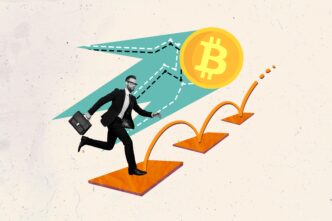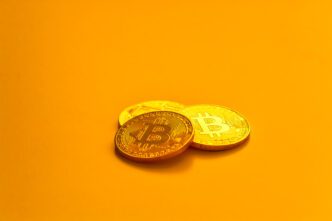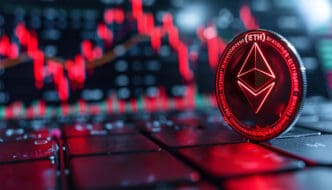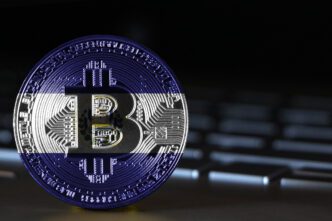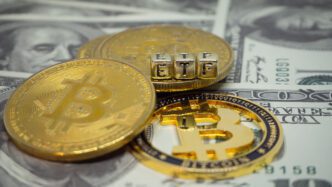For the first time since the early days of the pandemic, Americans are feeling quite certain that unemployment rates will rise. According to the Federal Reserve Bank of New York’s March survey, consumers estimate a 44% chance of increased unemployment in the coming year. This marks the highest level of concern since April 2020. The New York Fed’s recent Survey of Consumer Expectations, released on Monday, adds to the growing pessimistic sentiment among Americans as unpredictable federal policies contribute to heightened uncertainty and recession fears.
The March survey further reveals a growing unease regarding job security. The average perceived probability of losing one’s job in the next year has risen to 15.7%, reaching a 12-month high. Despite these negative sentiment surveys, often deemed “soft” data due to their subjective nature, “hard” data continues to paint a more resilient picture of the broader economy. Up until March, the U.S. job market has remained robust, sustaining over four years of employment growth. This strength in the labor market has been crucial in supporting strong consumer spending and ongoing economic growth.
Nevertheless, there’s increasing anxiety about how these pessimistic outlooks might lead to a decrease in spending. Such a pullback could result in reduced business investments and a slowdown in the overall economy. The New York Fed’s survey also highlighted a significant rise in short-term inflation expectations, jumping 0.5 percentage points to 3.6%, the highest in a year and a half. Economists warn that President Donald Trump’s stringent tariff policies and the intensifying trade war could lead to higher consumer prices and a potential inflation surge.
Despite these concerns, the survey indicates that long-term inflation expectations are not as dire. Expectations remained steady at 3% for the three-year horizon and edged down by 0.1 percentage point to 2.9% for the five-year outlook. The Federal Reserve pays close attention to these inflation expectations across different time frames as they could influence consumer behavior. If people anticipate higher future prices, they might increase spending now or push for higher wages, which could prompt businesses to raise prices due to increased costs.
The Bottom Line
The survey results reflect a complex economic landscape that can have significant implications for everyday Americans. With rising fears of unemployment and inflation, consumers may become more cautious with their spending, affecting everything from household budgets to broader economic growth. This caution could ripple through the economy, discouraging businesses from investing and potentially slowing job creation.
On a personal level, individuals might feel the pressure to save more and spend less, impacting lifestyle choices and financial planning. Communities could experience shifts in economic activity, with local businesses feeling the impact of reduced consumer confidence. In this uncertain environment, staying informed and adaptable becomes crucial for navigating the potential challenges ahead.



